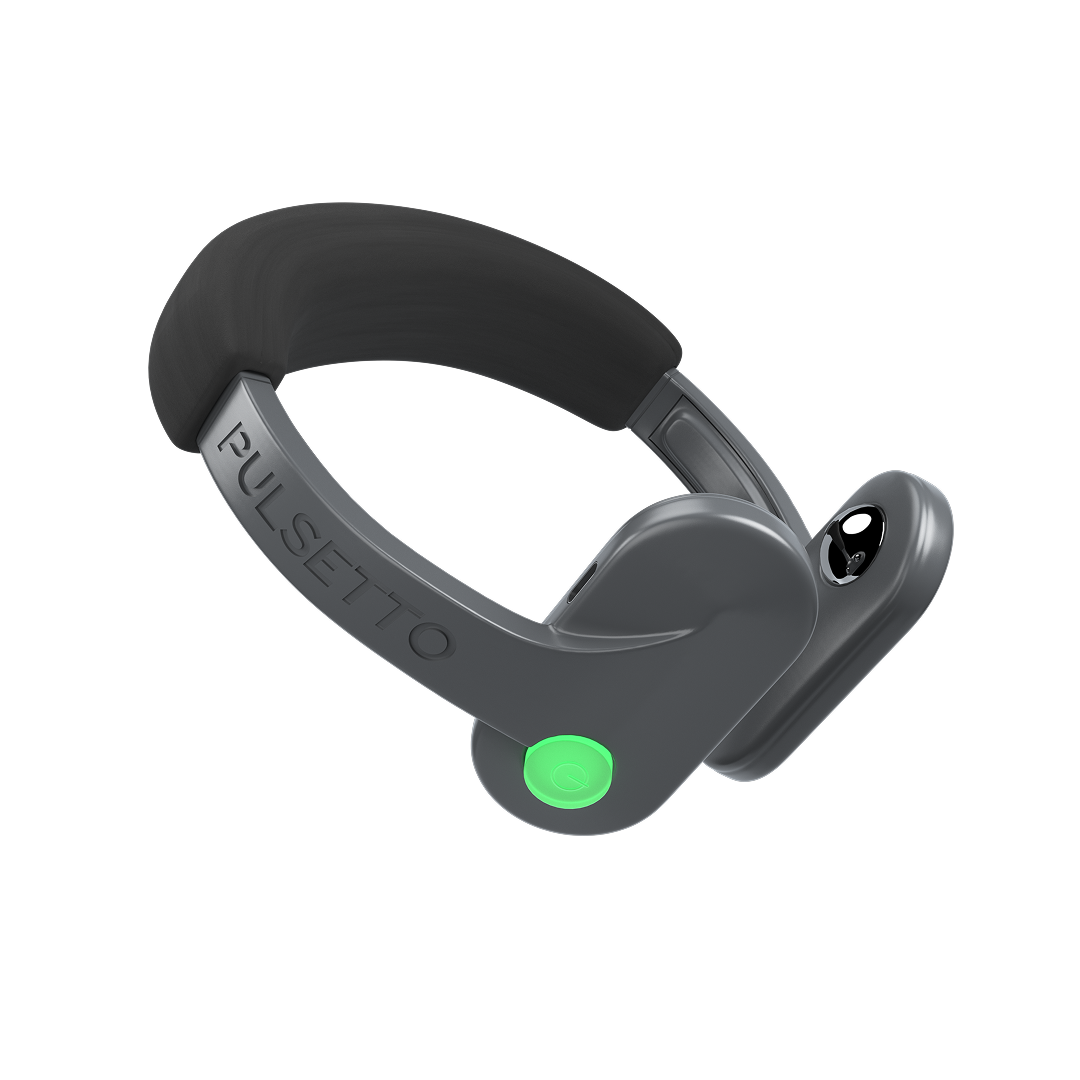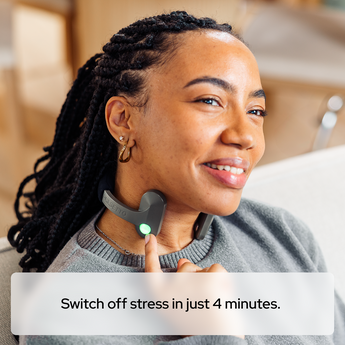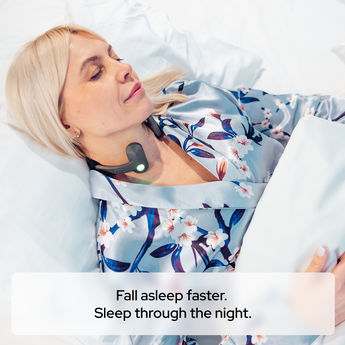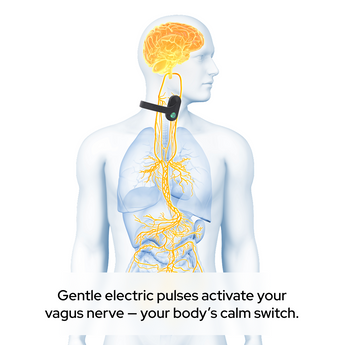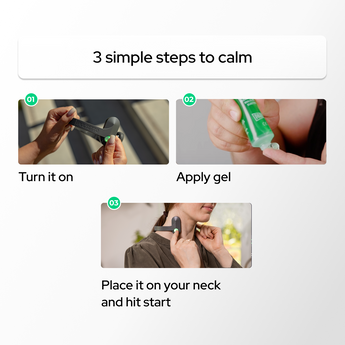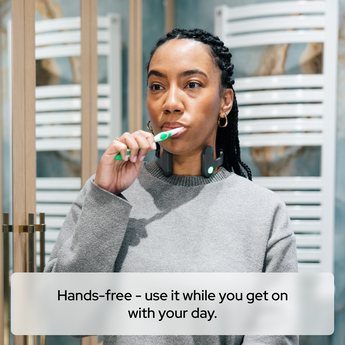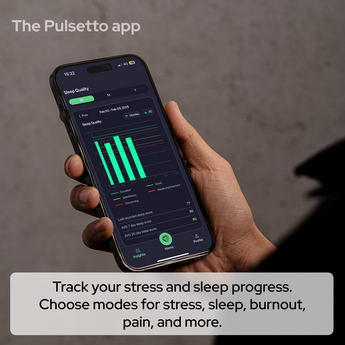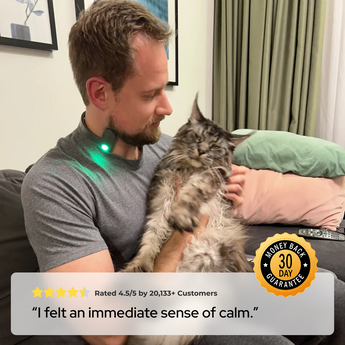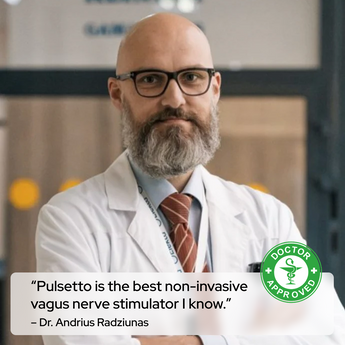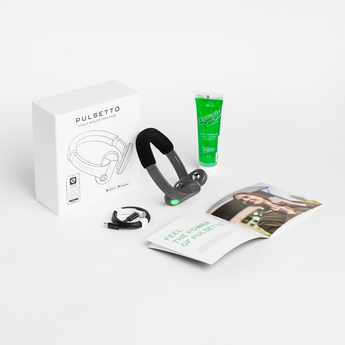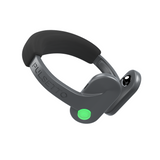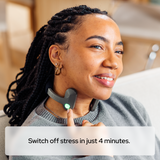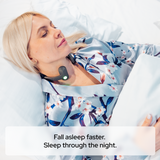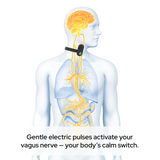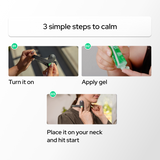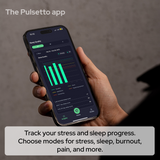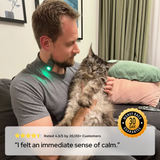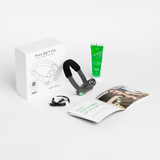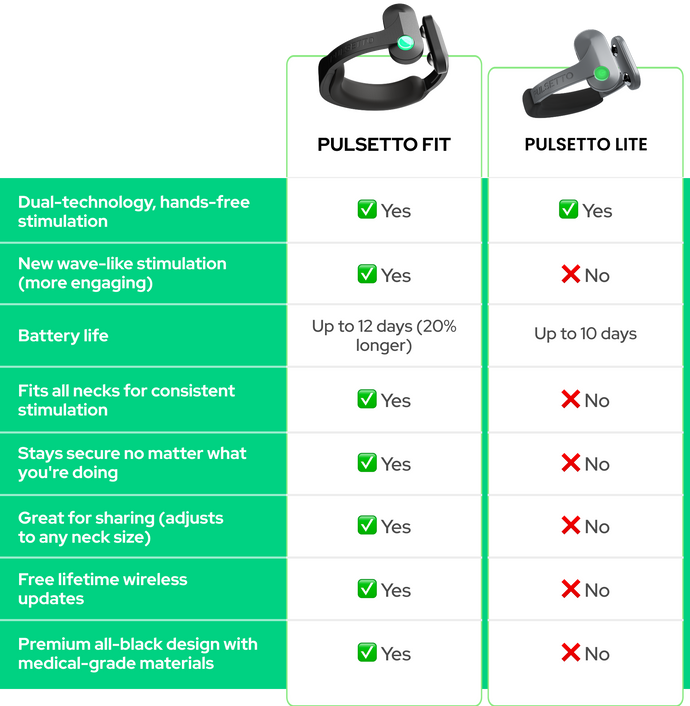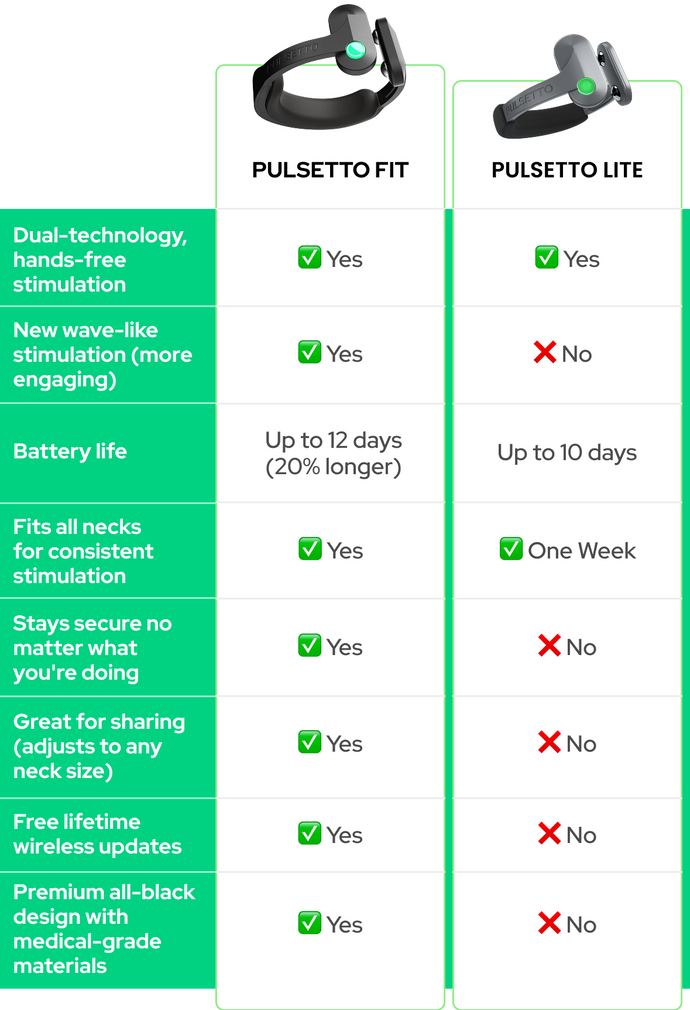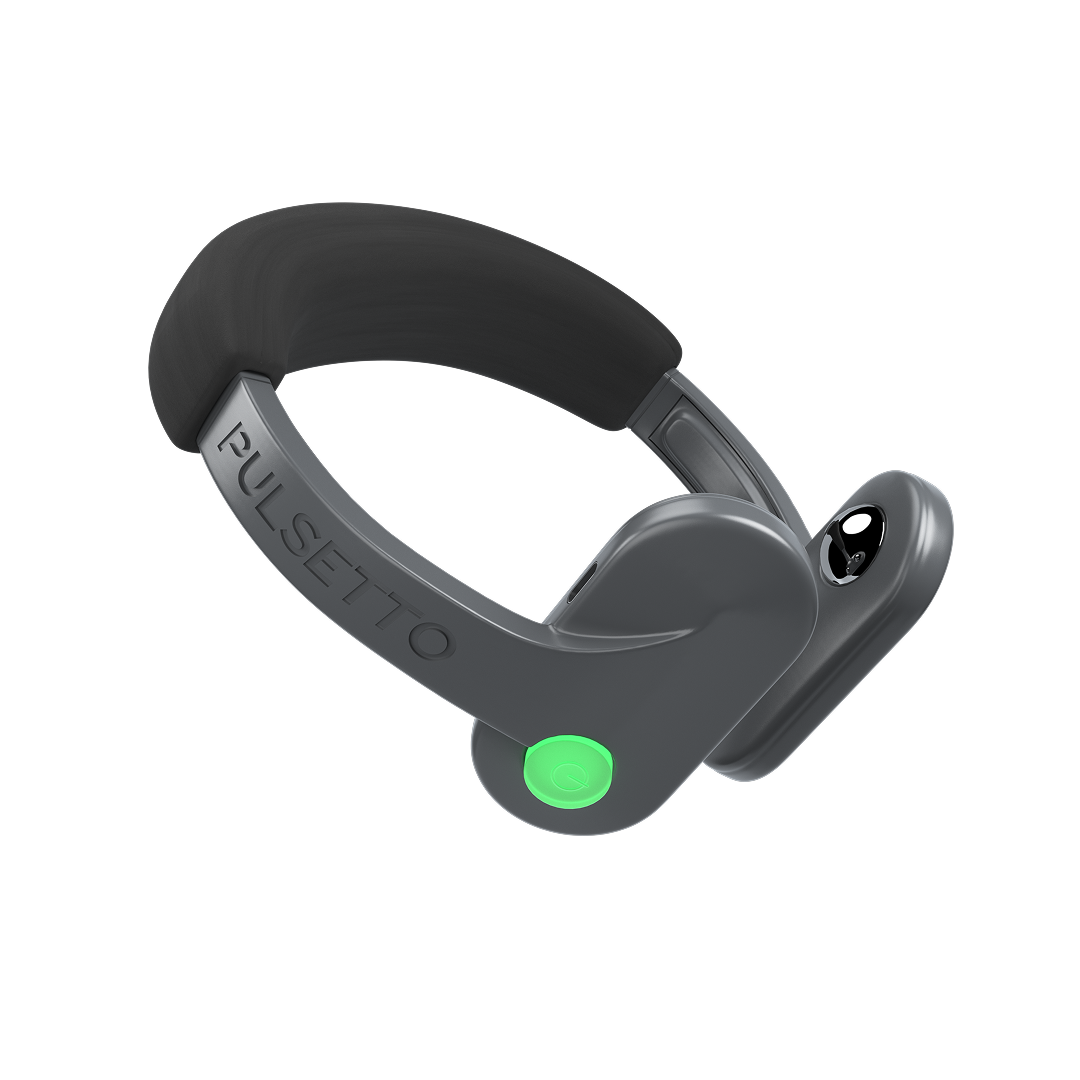Do Vagus Nerve Exercises & Non-Invasive Treatment Solve Heart Palpitations?

Heart palpitation makes you feel uneasy.
The good news is that there are natural, non-invasive ways to stimulate the vagus nerve and potentially ease heart palpitations. These techniques range from simple exercises you can do at home to innovative gadgets that deliver gentle electrical impulses. By regularly practicing vagus nerve exercises, you can strengthen the nerve's function, much like working out a muscle, which can lead to a more rhythmic heartbeat.
It's important to note, however, that while these methods are promising, they are not a one-size-fits-all solution. Individuals with severe heart conditions or those who experience frequent or severe palpitations should seek medical advice before attempting vagus nerve exercises.
How Does Vagus Nerve Stimulation Help with Heart Palpitations?
Because the vagus nerve plays a pivotal role in regulating the heart's rhythm, stimulating it can help to calm palpitations. When activated, the vagus nerve sends out signals that can improve heart rate variability (HRV), which is the measure of variation in time between each heartbeat.
A higher HRV is often associated with a healthier heart and a lower risk of cardiac events. Therefore, by increasing HRV through VNS, you're essentially giving your heart a more robust and resilient beat.
But how exactly does one stimulate the vagus nerve? Here are a few exercises and techniques that can help:
-
Deep Breathing: Slow, deep breaths can increase vagal tone and reduce stress, which in turn can alleviate heart palpitations.
-
Cold Exposure: Brief exposure to cold, such as splashing your face with cold water, can trigger a vagus nerve response.
-
Singing or Humming: These activities can activate the muscles in the back of the throat, which are connected to the vagus nerve.
-
Gargling: A simple act of gargling with water can stimulate the vagus nerve in the back of the throat.

Taking slow, deep breaths can help calm you down and may reduce heart palpitations.
Consistency is key when it comes to these exercises. Just like you wouldn't expect to build muscle with a single workout, you can't expect instant results with VNS. But with regular practice, you may begin to notice a decrease in heart palpitations and an overall sense of calm.
Besides that, there are non-invasive VNS devices available that can be used at home. These devices typically work by delivering a mild electrical pulse to the vagus nerve through the skin. It's a bit like a pacemaker for the nerve, helping it to find the right rhythm and keep the heart in tune.
When considering these options, it's essential to look for credible products and to consult with a healthcare provider. These devices are not all created equal, and some may be more effective than others.
Remember, the goal here is to empower you to take control of your heart health. By understanding the role of the vagus nerve and incorporating VNS into your routine, you're taking proactive steps towards a calmer, healthier heart.

Take control of your heart health, as palpitation can make you anxious.
Pulsetto: Vagus Nerve Stimulator for Heart Palpitations

Pulsetto’s proprietary vagus nerve stimulator device.
Is there a way to stimulate the vagus nerve without resorting to surgery or medication?
That’s exactly what Pulsetto does. It is a non-invasive vagus nerve stimulator designed specifically for those experiencing heart palpitations.
Pulsetto works by delivering a gentle electrical pulse to the vagus nerve through the skin, which can help regulate heart rhythms and promote a sense of calm.
Using the device is straightforward. It's typically worn around the neck, where it can access the vagus nerve. The idea is to use the device for a few minutes each day to help maintain a healthy heart rhythm and reduce the occurrence of palpitations.
It's important to consider Pulsetto as part of a holistic approach to heart health. While it can be an effective tool, it should be used in conjunction with other healthy lifestyle choices, such as maintaining a balanced diet, exercising regularly, and managing stress.
Pulsetto marks a significant advancement in the technology of personal heart management. Try Pulseto today!
Frequently Asked Questions (FAQ)
What is the Vagus Nerve, and What Does It Do?
The vagus nerve is like a two-way street, sending messages between the brain and various organs in the body, including the heart. It's the longest cranial nerve and a major component of the parasympathetic nervous system, which helps to control involuntary body functions like heart rate, digestion, and respiratory rate. When the vagus nerve is stimulated, it can slow down the heart rate and promote a feeling of calmness, which is why it's a key target in managing heart palpitations.
But the vagus nerve doesn't just talk to the heart; it communicates with the digestive system, the lungs, and even the voice box. Its wide-reaching influence is why stimulating the vagus nerve can have such a profound effect on overall health, not just heart palpitations.
Can Anyone Use VNS for Heart Palpitations?
While VNS can be beneficial for many, it's not suitable for everyone. Individuals with certain types of pacemakers, defibrillators, or other electrical devices implanted in the body should avoid VNS unless cleared by a physician. Similarly, those with a history of seizures or certain neurological conditions should consult with their doctor to ensure VNS is a safe option for them.
For most people, however, non-invasive VNS methods like deep breathing exercises, cold exposure, and devices like Pulsetto can be used safely. It's always wise to start any new treatment under the guidance of a healthcare provider to tailor the approach to your specific needs and health status.
How Long Does It Take to See Results from VNS?
As with any form of therapy or exercise, the time it takes to see results from VNS can vary from person to person. Some may notice a reduction in heart palpitations and an increased sense of calm after just a few sessions, while for others, it may take several weeks or longer to observe significant changes.
Consistency is crucial. Regular, daily practice of VNS exercises or the use of a device like Pulsetto can help to gradually improve vagal tone over time. It's not a quick fix but rather a commitment to nurturing your nervous system for long-term benefits.
Are There Any Side Effects to VNS?
Like any therapeutic approach, VNS can have side effects, though they are generally minimal with non-invasive methods. Some individuals might experience mild discomfort at the site of stimulation, such as the earlobe when using devices like Pulsetto. Others might feel a slight dizziness or changes in their heart rate when they first start using VNS. It's important to follow instructions carefully and adjust the intensity of the stimulation as needed.
Most side effects are transient and diminish as the body adapts to the treatment.
What Makes Pulsetto The Best Choice for Heart Palpitations?
Pulsetto stands out as an effective option for managing heart palpitations, utilizing the latest non-invasive VNS technology to regulate heart rate. Designed with user convenience in mind, it offers straightforward operation for easy use at home or while traveling. Its compact and discreet design ensures convenience, allowing it to be used wherever and whenever needed.




